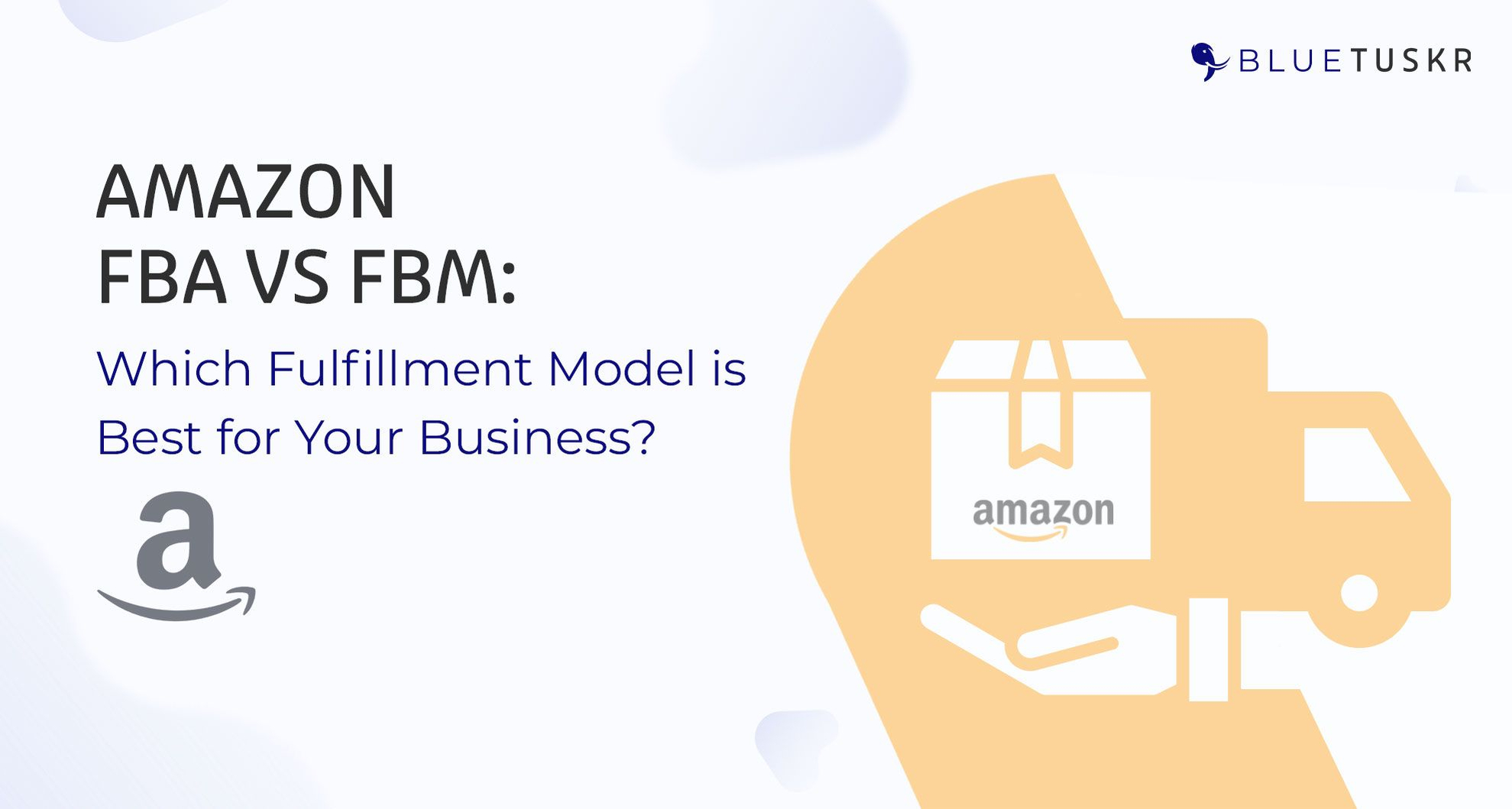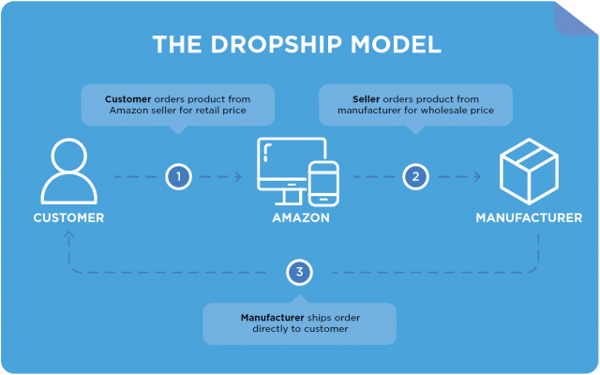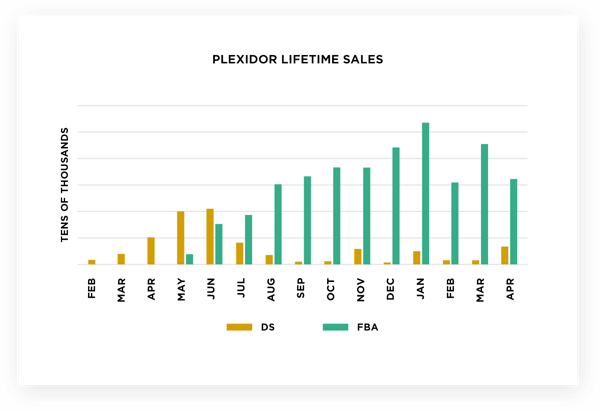
Amazon FBA vs FBM: Which Fulfillment Model is Best for Your Business? - Updated 2023
Global supply chains have been turbulent since the onset of the global pandemic, and Amazon was no exception. Fulfillment by Amazon (FBA), the long-time gold standard for e-commerce fulfillment, buckled under the strain.
From March 2020 to the time of writing, Amazon FBA has restricted inbound shipments based on product category, repeatedly increased inventory performance index (IPI) thresholds, reduced inventory quantity limits, and implemented storage utilization quotas that further restricted inventory space at FBA centers. In Amazon’s 2021 Q2 earnings call, Brian Olsavsky, Amazon’s Chief Financial Officer, said “We've been playing catch-up pretty much since the pandemic started.”
This turbulence left many FBA sellers up a creek without a paddle. Sellers needed a supplement to FBA, and fast. This led to a boom in Fulfillment by Merchant (FBM) offerings.
What is the Difference Between FBA and FBM?
At the surface level, the difference between FBA and FBM is simple: In FBA, Amazon ships the product from its warehouse to the end consumer. In FBM, the seller ships the product from their warehouse to the end consumer. Amazon also sometimes calls FBM “Merchant Fulfilled Network,” or MFN.
FBM Models
FBM is something of an umbrella term, as the exact fulfillment model can differ. For example, sellers can pay a third-party logistics provider (3PL) to act as a stand-in for FBA. Sellers still ship inventory to someone else’s warehouse, where it is stored, processed, and delivered to customers. 3PLs also handle product returns and customer service. Deliverr is a chief example of this model. They’re akin to FBA, but marketplace agnostic.
Alternatively, sellers can adopt a dropship model, where they keep inventory at the manufacturer’s warehouse. The seller lists the product for sale, despite having no inventory on hand. When a shopper purchases the product, the seller passes the order back to the manufacturer, and the manufacturer ships the product to the end consumer.
In the dropship model, sellers are meant to process returns and provide customer service, but in practice, some sellers route returns to manufacturers. Recently, Amazon has published reminders that sellers are meant to handle dropship returns, and in August 2021, Amazon will enable auto-authorized returns that automatically route dropship returns to sellers.

From a seller's perspective, the biggest difference between a 3PL and dropship model is who handles the product storage, order processing, returns management, and customer service.
But enough about FBM; we’re here to discuss the differences between FBA and FBM. Where things get interesting is the implications of each fulfillment model.
Pros and Cons of FBA and FBM
Pros for FBA
There’s a reason FBA is still considered a preferred option for most sellers.
- Simplicity: Amazon provides the warehouse, order tracking, returns management, and customer service. It effectively outsources infrastructure that sellers would otherwise have to provide or pay someone else for.
- Fast Shipping: Products fulfilled via FBA are automatically eligible for Prime shipping, including up to same-day delivery.
- Better Product Rank: Amazon’s search algorithm favors products that are fulfilled with Prime shipping, as it provides a better customer experience.
Cons for FBA
Unfortunately, FBA is not without its downsides, some of which include:
- Dependency on Amazon: As seen since March 2020, Amazon can make unilateral decisions without forewarning that can dramatically impact your business.
- Product Prep Requirements: Amazon requires products to be prepped according to strict guidelines before they are shipped into its FBA centers. Sellers need the personnel, time, materials, and expertise for FBA product prep, or else they risk fees or rejections.
- Limited Inventory Coverage: Amazon FBA currently permits only 55 days of inventory coverage. This period includes inventory lead time. For example, if your products spend 40 days transporting from overseas to the FBA center, you really only have 15 days of sales.
- Storage Fees: FBA charges monthly and long-term storage fees. This means that sellers need to have accurate inventory forecasting. If they don’t and they overstock, they are stuck with margin-eroding fees. If you understock, your product rank suffers for running out of inventory. To be fair, any warehousing provider will charge storage fees, so this isn’t unique to FBA.
- Not All Products are Eligible: Oversized products, such as instruments, sports equipment, or furniture are often not accepted into FBA or charge higher fees. Meltables are also banned from April through October every year because FBA centers are not temperature controlled.
- Not All Products are Suitable: Newer products that do not yet have the sales velocity risk incurring long-term storage fees if they don’t sell well. Similarly, products whose sales velocity fluctuates – such as internet famous items that momentarily trend – incur similar risk.
Pros for FBM
Now, let’s take a look at the other option, starting with the benefits for FBM:
- Adequate Inventory Coverage. In an FBM model, sellers typically have more control over their inventory storage space. If you know you need X days of coverage, you can get it.
- Independence from Amazon. Amazon increases their IPI threshold or further restricts storage utilization quotas? You’re fine. By adding FBM capabilities, you break your dependency on Amazon FBA.
- Product Prep is Easier. Since you are no longer shipping inventory into FBA, you no longer have to meet Amazon’s product prep requirements. Products should still be packaged to safeguard product quality during transit.
- You Can Run FBM Alongside FBA: Not to get ahead of ourselves, but if you do operate FBM alongside FBA, it’s important to note that you can fulfill FBM single orders and FBA bulk orders from the same warehouse.

Cons for FBM
If FBM was perfect, FBA wouldn’t be so popular. So, what are some downsides to FBM?
- Amazon Favors FBA (Most of the Time): If there are two offerings of the same product and one is fulfilled via FBA and the other is fulfilled via FBM, Amazon will show the FBA listing first. The only exception to this was when FBA buckled in early 2020. Amazon temporarily favored FBM orders to relieve the strain on their systems.
- You or a 3PL Provide Infrastructure: To ship products from a warehouse to end consumers (and accept returns), you need people, warehouses, materials, software for inventory management, etc. It’s an entire business in and of itself, which is why FBA and 3PLs exist. Most sellers don’t have the desire or capability to build out this infrastructure in addition to everything else they do.
- Inventory Management Can be Harder: When you ship inventory into FBA, Amazon makes it easy to monitor how much inventory is still available within Seller Central. Not all 3PLs match that transparency and ease of access. If a seller dropships, they are heavily reliant on the manufacturer maintaining accurate inventory quantities in their systems. If they don’t, sellers can accept a dropship order only to find out that no inventory is available, and that results in a terrible customer experience.
- Fulfilling FBM Instead of FBA Can Harm IPI: If you do use a hybrid FBA + FBM model, you need to be mindful of how FBM affects your IPI score for FBA. Every sale not fulfilled through FBA while you have FBA stock hurts your IPI score, so you should always try to sell through FBA before using FBM for a given product.
Choosing Your Amazon Fulfillment Strategy
So, which fulfillment model is better? To that, we ask, “Why pick just one?”
In all seriousness, 2020 and 2021 have proven that the best solution is a hybrid model. Using FBA and FBM together allows Amazon sellers to enjoy the benefits of both while mitigating the shortcomings of each.
When FBA stopped accepting inbound shipments from certain product categories in early 2020, brands with FBM capabilities were able to continue selling. They benefitted their business by capitalizing on demand, and they served their customers well by being available for them, regardless of what FBA was doing.
This experience proved true time and again as Amazon increased IPI thresholds, imposed inventory restrictions, and implemented storage utilization quotes. Each time FBA became volatile, FBM provided an invaluable safety net. Asset diversification is a time-tested risk mitigation strategy, and e-commerce fulfillment is no exception.
FBA + FBM Success Story
My company, Kaspien, has helped many brands implement an FBA + FBM model since the pandemic hit. One such example was PlexiDor Performance Pet Doors.
PlexiDor started selling through a dropship model, then transitioned into a hybrid FBA + FBM model after validating they had the necessary sales velocity. In the image below, you can see how FBM continued to support additional sales even after their products became FBA-enabled. In November, January, and April, FBA sold out, yet PlexiDor was able to continue capturing sales through dropship.

FBA + FBM is the Strategy for Scale
Amazon FBA is on the road to recovery. Amazon expanded its warehouse space by 50% in 2020, and they are aggressively growing Amazon Air.
In January 2021, Amazon Air purchased 11 jets. In March, Amazon spent $131 million to gain a 19.5% stake in Air Transport Services Group’s (ATSG) stock. According to ATSG’s annual report, Amazon could own nearly 40% of the cargo airline if it leases more aircraft and exercises all its warrants.
However, Amazon’s Q2 earnings call made it clear that FBA is still playing catch-up. 2020 also gave a booster shot to other e-commerce platforms, such as Target, Walmart, and Shopify. Diversifying your fulfillment solutions with FBM capabilities prepares your brand to scale on and beyond Amazon. The FBA + FBM model is the best path to continued growth.
.jpg)
About the Author
Matthew Boardman is the Content Marketing Manager at Kaspien, a leading Amazon seller, eCommerce agency, and eCommerce software provider with over $1 billion in retail sales. Matthew collaborates closely with leading industry experts throughout Kaspien to write informative content on eCommerce strategies and news.
Are you interested in being a guest on the BlueTuskr E-commerce Blog? Click here for more information.
Connect With Us
Recent Post

.png)







Tell us what you think!